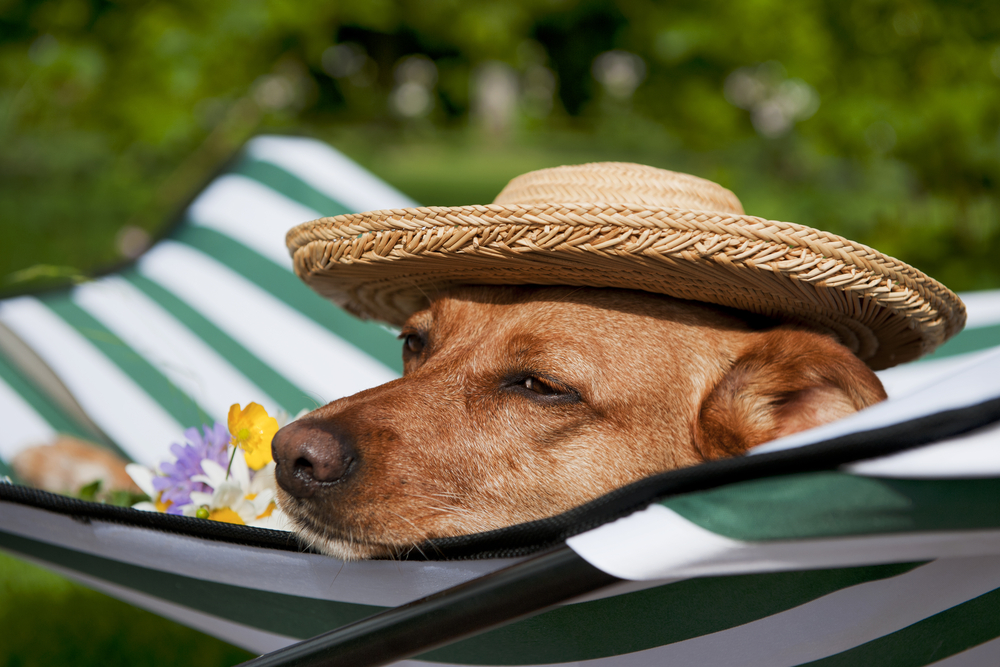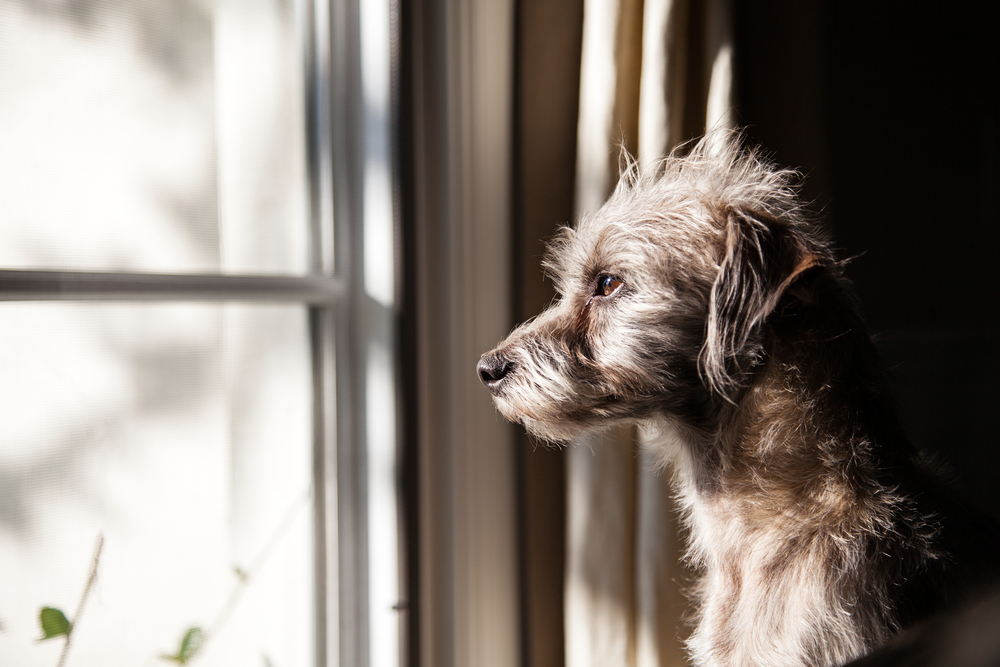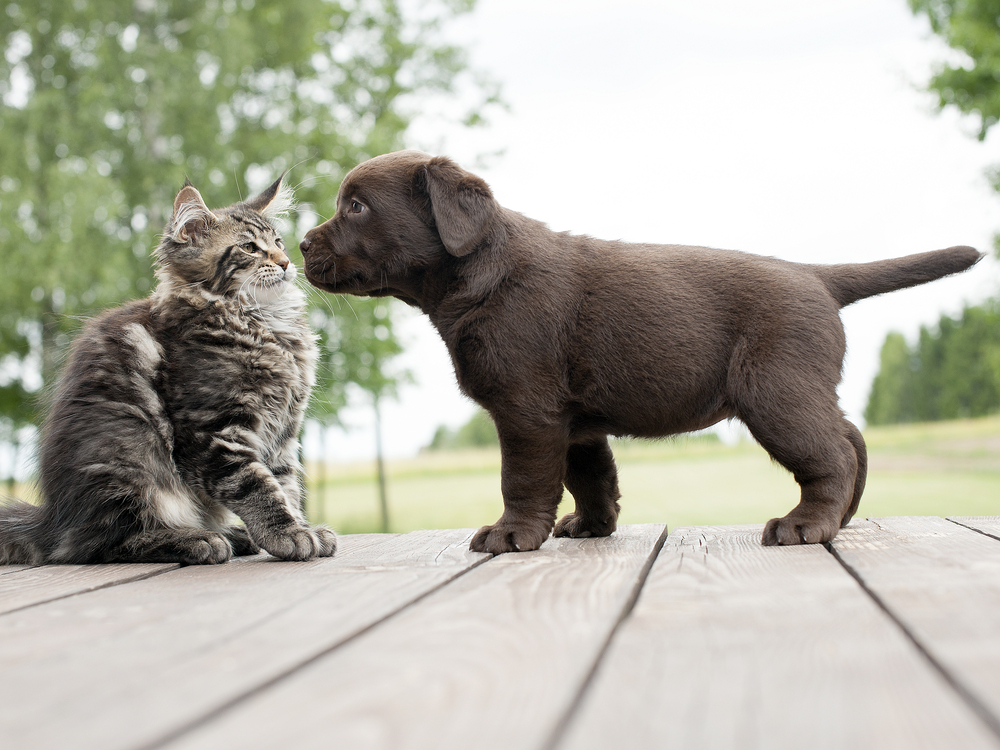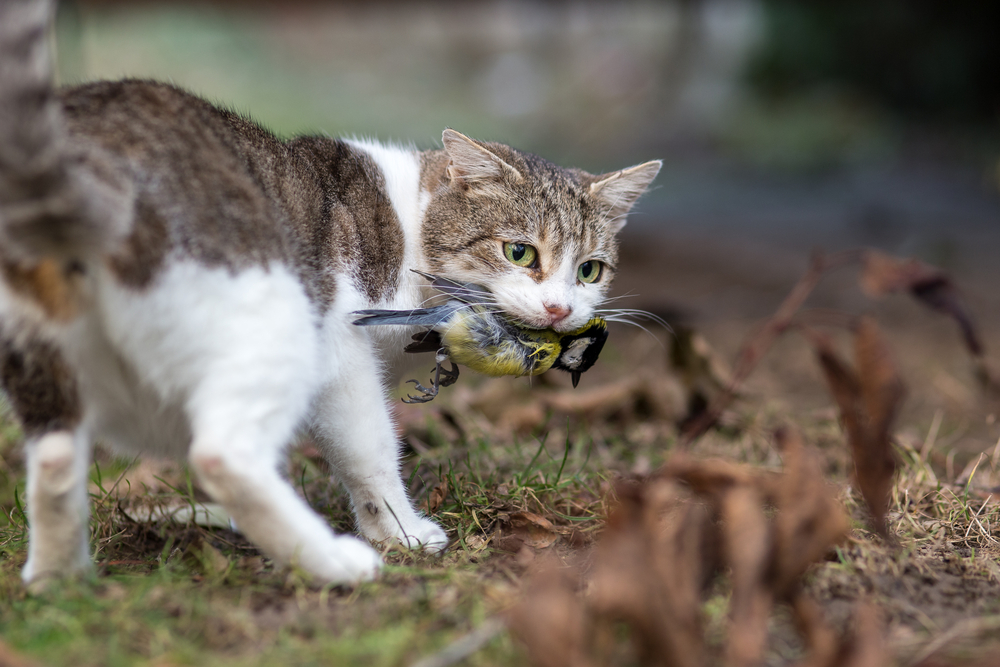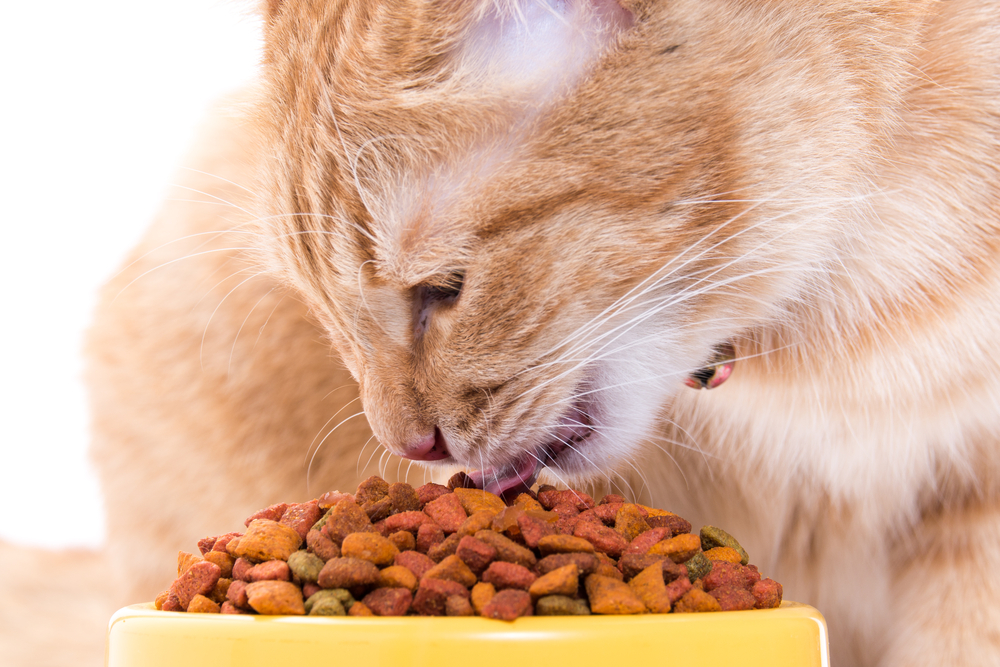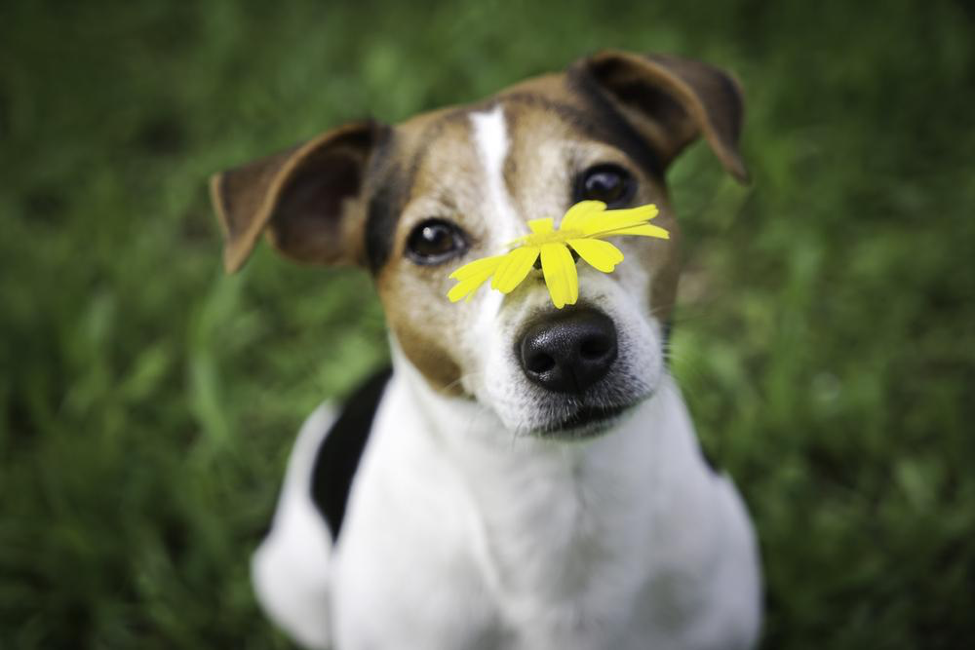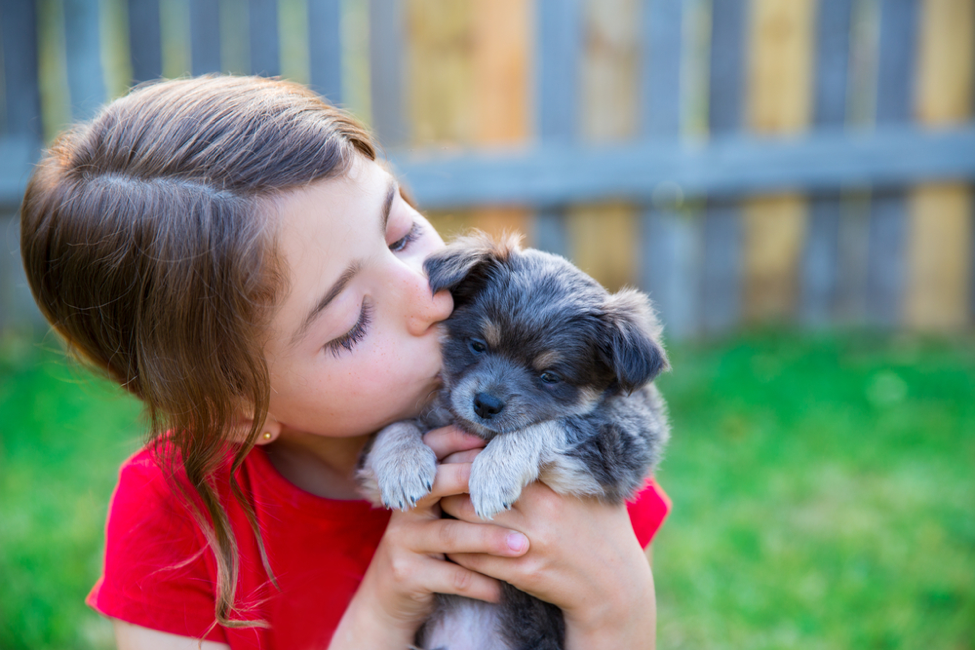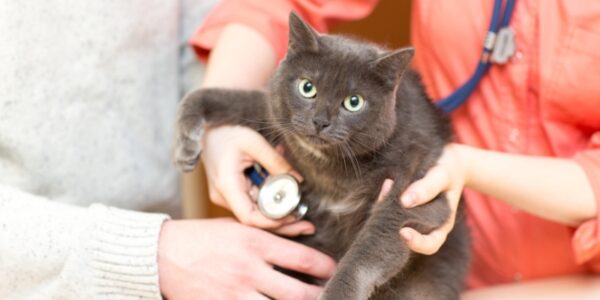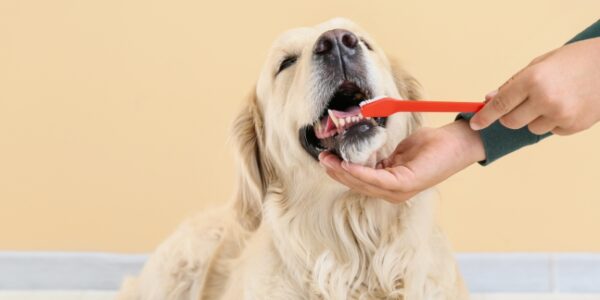During summer, most of our pet patients visit our East Kew veterinary clinic because they have been overexposed to the harsh sun. In this blog, we are explaining the different health consequences that this exposu...
Read More
Category: Kittens
-

-
 In December, our Balwyn vet sees a lot of patients with tummy upsets which can often be traced back to too many rich festive foods. Ideally, pets should not ever be fed processed foods as their stomachs have not ...
In December, our Balwyn vet sees a lot of patients with tummy upsets which can often be traced back to too many rich festive foods. Ideally, pets should not ever be fed processed foods as their stomachs have not ...
Read More -
 Separation anxiety is a common psychological condition which pets can suffer from when separated from their owner. Both cats and dogs can suffer from separation anxiety and it can manifest at any time over the co...
Separation anxiety is a common psychological condition which pets can suffer from when separated from their owner. Both cats and dogs can suffer from separation anxiety and it can manifest at any time over the co...
Read More -
 We’ve all heard the phrase, “First impressions are everything.” But did you know that this age-old adage applies to the animal kingdom, too? Many people ask our vet in East Kew how they should go about introducin...
We’ve all heard the phrase, “First impressions are everything.” But did you know that this age-old adage applies to the animal kingdom, too? Many people ask our vet in East Kew how they should go about introducin...
Read More -
 On July 26th 2018, the Victorian Government officially declared feral cats to be a pest species on public land. This means that trapping, baiting and possibly bounties can be put into place in order to manage fer...
On July 26th 2018, the Victorian Government officially declared feral cats to be a pest species on public land. This means that trapping, baiting and possibly bounties can be put into place in order to manage fer...
Read More -
 As a pet owner, it is imperative to know what kinds of foods are appropriate for your cat or dog. Whether you should feed your pet wet or dry food has been hotly debated among the pet community for quite some tim...
As a pet owner, it is imperative to know what kinds of foods are appropriate for your cat or dog. Whether you should feed your pet wet or dry food has been hotly debated among the pet community for quite some tim...
Read More -
 Spring is already upon us, and with so much pollen in the air many of us use of hay fever medication to keep allergies at bay. But what about your pets? For cats and dogs, it’s a little more complicated to minimi...
Spring is already upon us, and with so much pollen in the air many of us use of hay fever medication to keep allergies at bay. But what about your pets? For cats and dogs, it’s a little more complicated to minimi...
Read More -
 Introducing a furry friend into your home can be an incredibly exciting time, but it’s important that you make an informed decision about the right pet for your family. Among other factors, your family size, hous...
Introducing a furry friend into your home can be an incredibly exciting time, but it’s important that you make an informed decision about the right pet for your family. Among other factors, your family size, hous...
Read More -
 We all love a treat over Christmas, but making sure your pet has the right ones is important. It's normal to go a bit over the top with food over the festive period, but whist you're being merry it's important to...
We all love a treat over Christmas, but making sure your pet has the right ones is important. It's normal to go a bit over the top with food over the festive period, but whist you're being merry it's important to...
Read More

